
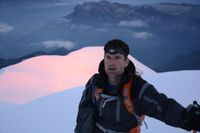
With long, sun-splashed days and light evenings, the summer months serve up cracking conditions for alfresco adventures and wild sleepouts with friends.
However, one of the downsides of summer camping is waking up covered in sweat in the best tent that feels like a hothouse, or returning to camp after a day exploring the coast or countryside, only to find your home from home horrendously over-heated.
Luckily, with a bit of planning and a little knowledge, it’s relatively easy to keep your cool while camping, even in the middle of summer. The tent you choose to take, and where and how you pitch it, makes a massive difference to the whole experience – but even after that, there are ways to avoid the worst of the heat.
Here are our top 10 tent cooling tips for keeping cool during summer camping trips.
1. Buy a well ventilated tent
If you’re car camping, the best option is to use a tent with plenty of ventilation and blackout bedrooms. It’s important to check that your tent has climate control features, such as materials and light colours that reflect sunlight and heat on the outside, rather than absorbing it, like the Quechua 2-seconds easy Fresh & Black popup tent, or Coleman’s Castle Pines 4L.
2. Choose mesh inner tents
For multiday hiking in the height of summer, a backpacking tent with a mesh inner – such as the Sea to Summit Ikos TR 3 – is the coolest option. If you’re confident the weather will remain dry, remove the flysheet altogether during the day, but also at night; not only can you drift off to sleep while gazing up at the stars, but you’ll also enjoy the breeze blowing through the mesh (which lets cool air in while keeping insects out).
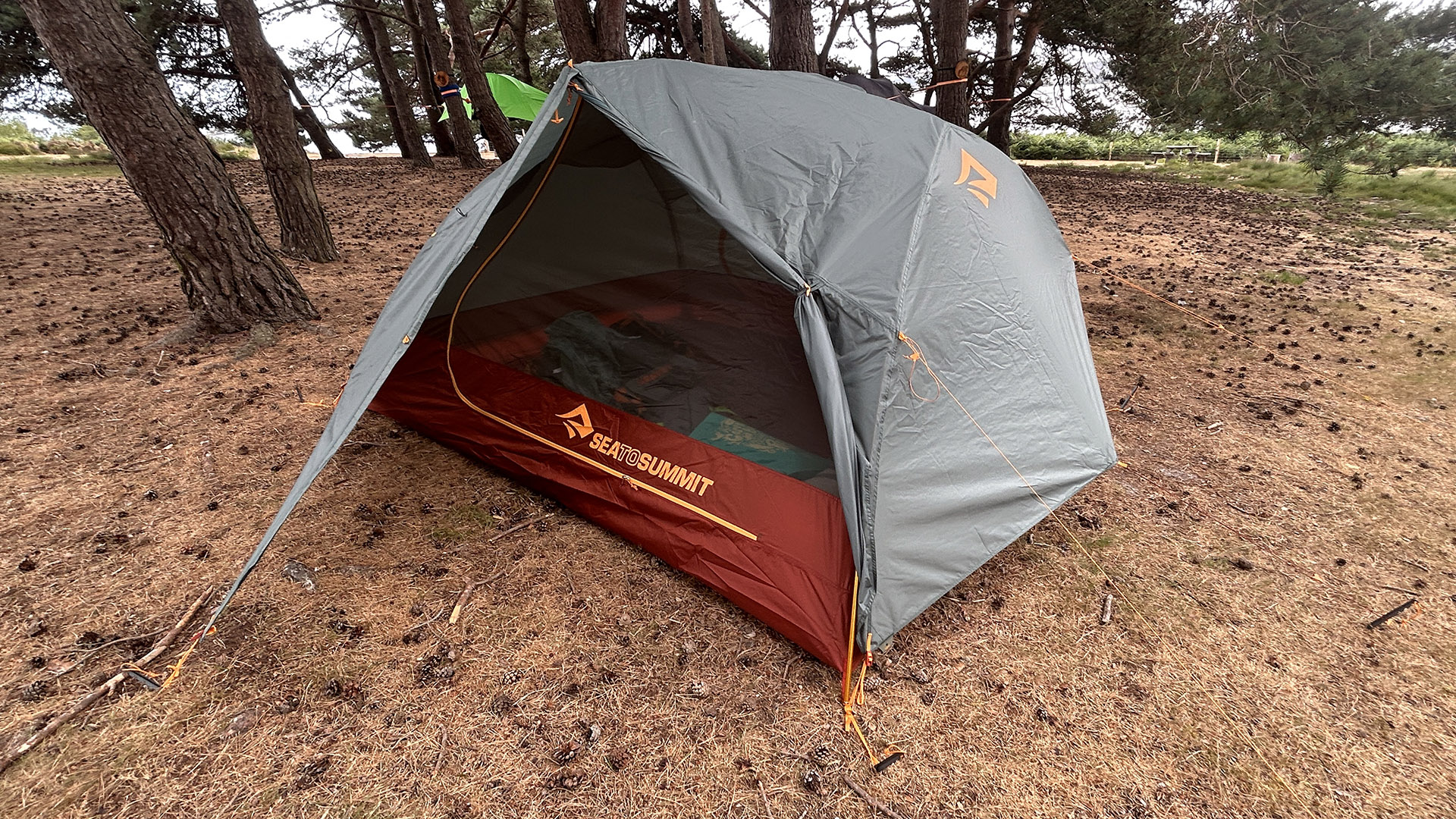
3. Pitch your tent in the right spot
When you arrive at your campsite, be it on foot or by vehicle, familiarise yourself with the layout and establish which way is east and which is west. (Most phone, and smartwatches by brands like Garmin, have compass apps on them, so this should be easy.) Now, use the physical features of the campsite to shield your tent from the sun.
Get all the latest news, reviews, deals and buying guides on gorgeous tech, home and active products from the T3 experts
If you don’t want bright light blazing on your shelter early in the morning (in mid summer, dawn breaks before 5am), pitch on the western side of a group of trees or structure, so you’ll enjoy some shade when the sun rises in the east. This might mean your tent is exposed to full sun later on, but no one in their right mind occupies a tent in the middle of a sunny day, and if you follow the tips below you should be able to keep it relatively cool. Campsites near water – rivers, streams, lakes or the sea – are also generally more chilled.
4. Work with the wind
Work out where the wind is coming from for most of your stay (the weather app on your phone will let you know). In cold conditions, it’s best to face the door of your tent away from the direction of the prevailing wind, but in mid summer, if temperatures are hot, it makes sense to reverse this so you can throw the doors open and let a cool, refreshing breeze blow through your shelter.
5. Open your tent's vents
At the risk of stating the obvious, locate and open all the tent’s vents and windows. If they are protected on the inside by insect mesh, leave these open for the duration of your stay. This allows for more airflow through your tent which offers a gentle freeze and generally lowers the temperature inside your tent.
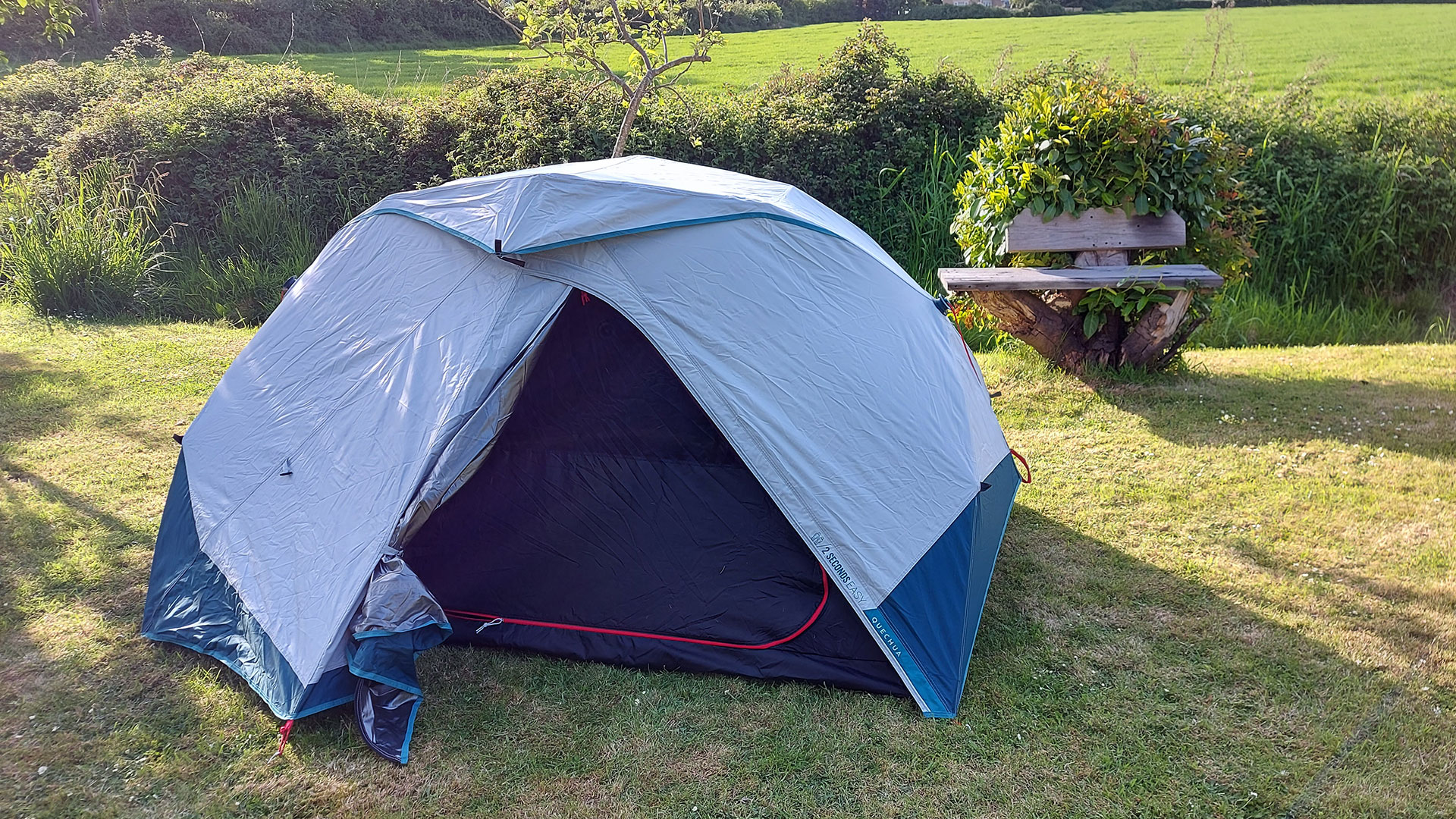
6. Consider tent size and numbers
The smaller your tent is, and the more people you have in it, the hotter it will get. Large family tents that can be opened right up are ideal for summer camping. If you only have a small backpacking tent, limit the number of people you squeeze into it. If you’re someone who goes camping with your dog, then I’m afraid the hound will ramp the heat right up as well – and sharing a hot tent with a panting dog breathing in your face is not pleasant, so pop them out in the vestibule (they’ll thank you for it).
7. Ditch the sleeping mat for a camp bed
Modern sleeping mats are all about insulation and R values, which is fine when you’re trying to stay warm, but when attempting to keep your cool, it’s good to have air circulating all round you. An old-school cot-style camping bed that stands off the ground is better.
8. Pick a summer-specific sleeping bag
The best lightweight sleeping bags come in all sorts of shapes, styles and thicknesses, including summer specific ones. Mummy-shaped bags get really warm, because they hug your body and the air inside quickly heats up. Go for a more spacious square model. It’s good to look for a bag with a double zip that allows you to poke your feet out to cool down if you start feeling the heat, without having to undo the entire thing. Sometimes, though, it’s best to dispense with the main sleeping bag altogether and just kip in a sleeping-bag liner made from a cool material such as cotton or silk. A silk pillowcase is also a very light and easy item to pack, and it stays nice and cool to the touch on hot nights.
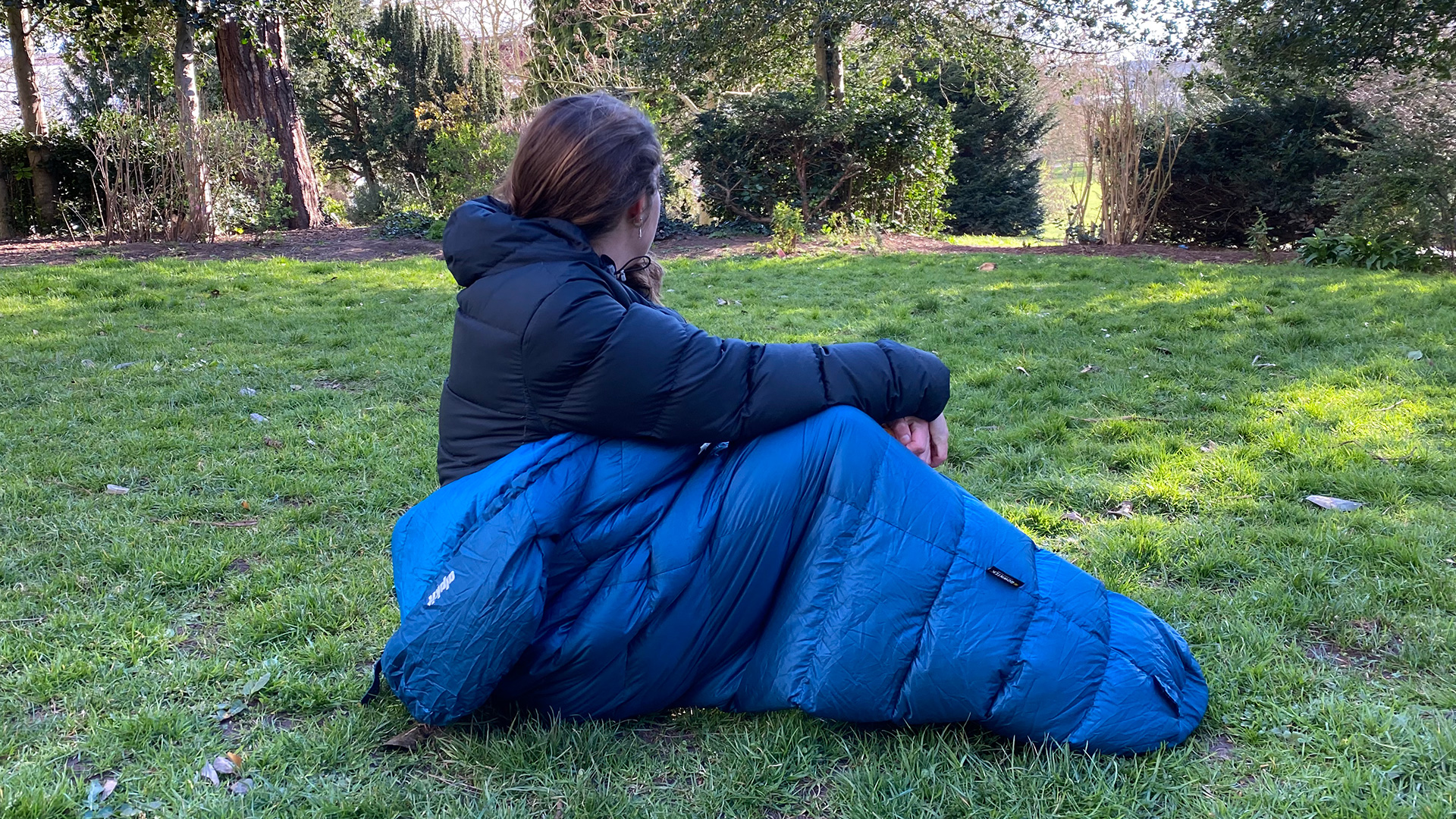
9. Cut out alcohol before bed...
Limit your alcohol intake before bed. Sorry, but a common side effect of having a few beers or glasses of wine is that your body heats up as your liver processes the alcohol, your heart rate increases and the blood vessels in your skin widen, causing you to sweat. In a mid-summer camping scenario, you can get uncomfortably hot during the night if you over imbibe (and if you’re sharing a small tent with others, that will only be accentuated). You will also wake up dehydrated, which compounds the feeling of discomfort.
10. ...but keep your drinks cool
While it’s best to lay off the booze a bit when temperatures soar, it’s a very good idea to have a plentiful supply of other cold drinks to hand – not to mention chilled fruit – so don’t forget to load up a good cooler box, such as the Yeti Beverage Bucket.
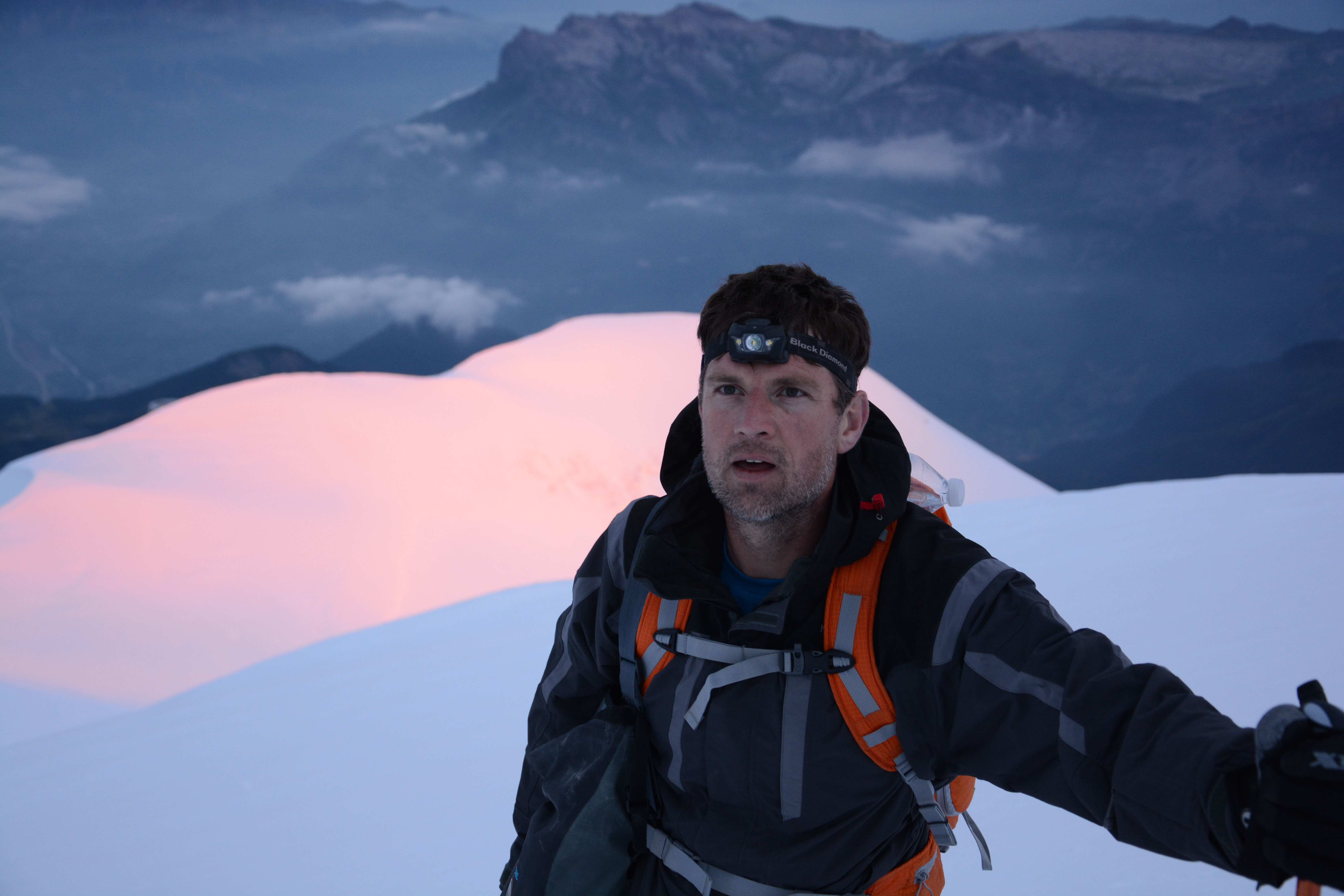
Author of Caving, Canyoning, Coasteering…, a recently released book about all kinds of outdoor adventures around Britain, Pat Kinsella has been writing about outdoor pursuits and adventure sports for two decades. In pursuit of stories he’s canoed Canada’s Yukon River, climbed Mont Blanc and Kilimanjaro, skied and mountain biked across the Norwegian Alps, run ultras across the roof of Mauritius and through the hills of the Himalayas, and set short-lived speed records for trail-running Australia’s highest peaks and New Zealand’s nine Great Walks. A former editor of several Australian magazines he’s a longtime contributor to publications including Sidetracked, Outdoor, National Geographic Traveller, Trail Running, The Great Outdoors, Outdoor Fitness and Adventure Travel, and a regular writer for Lonely Planet (for whom he compiled, edited and co-wrote the Atlas of Adventure, a guide to outdoor pursuits around the globe). He’s authored guides to exploring the coastline and countryside of Devon and Dorset, and recently wrote a book about pub walks. Follow Pat's adventures on Strava and instagram.